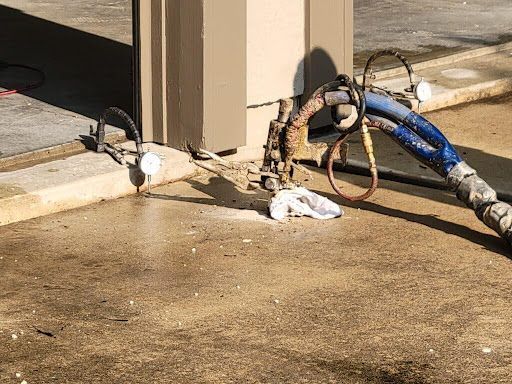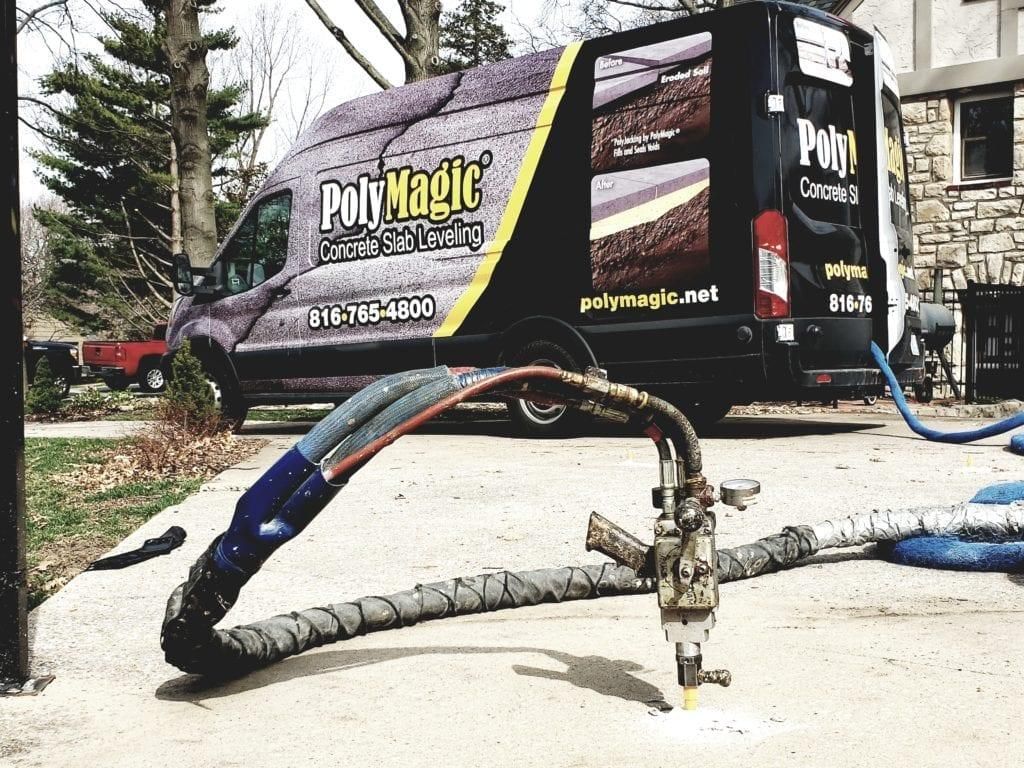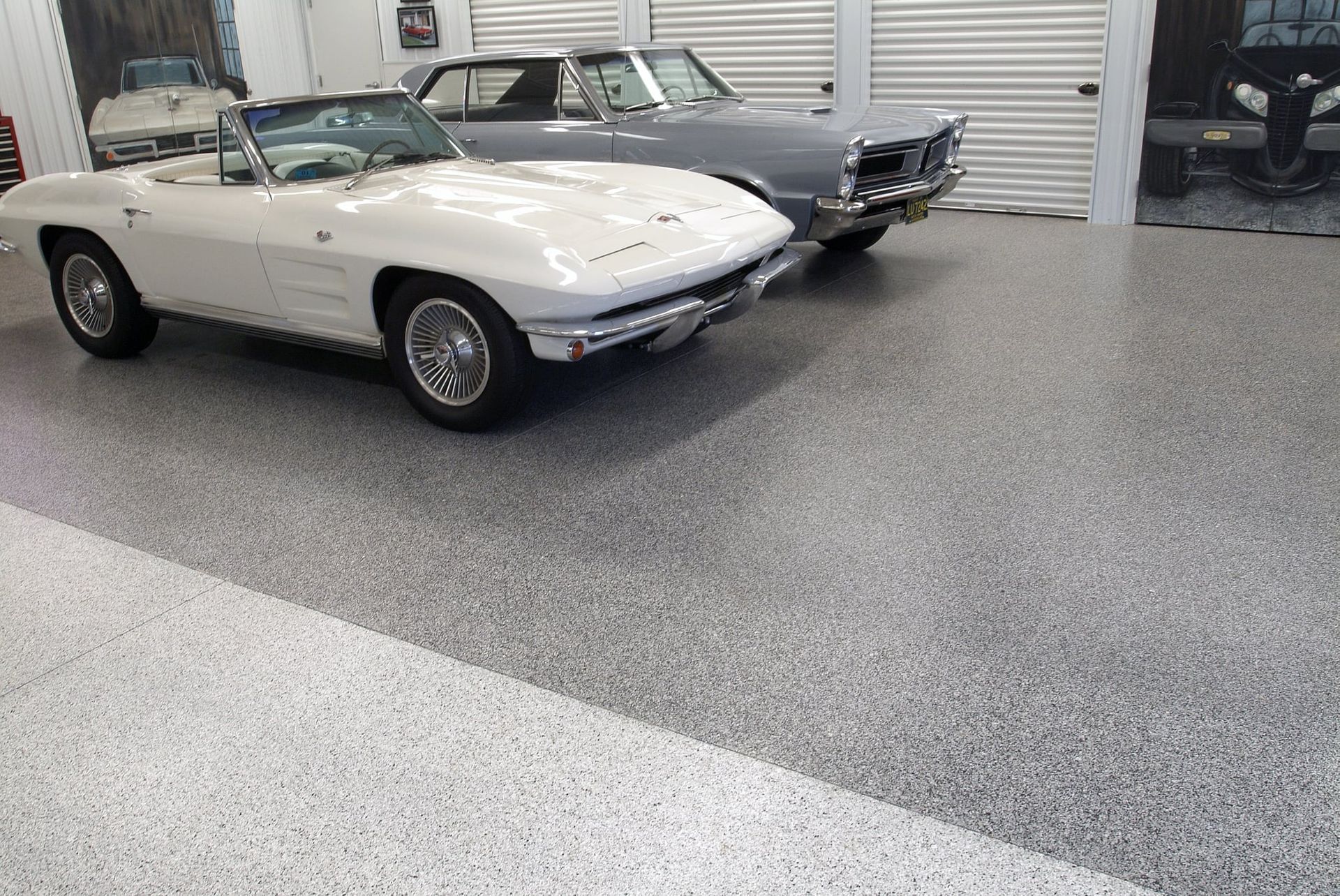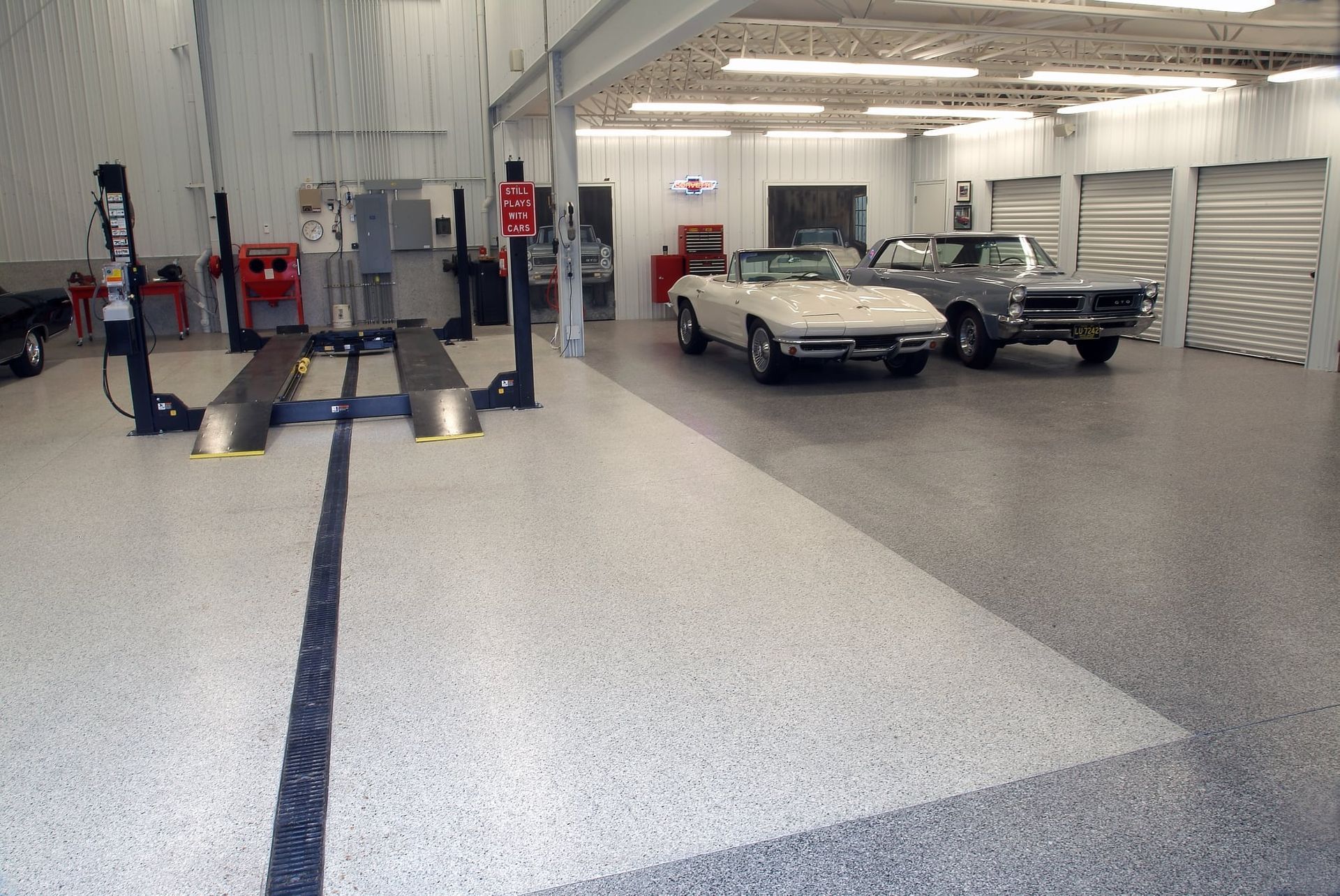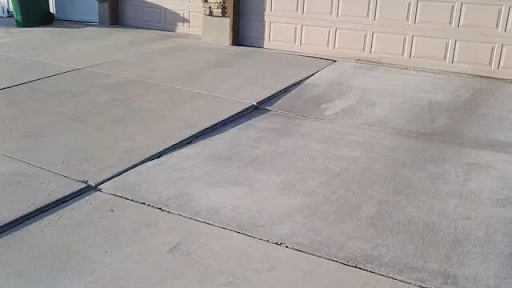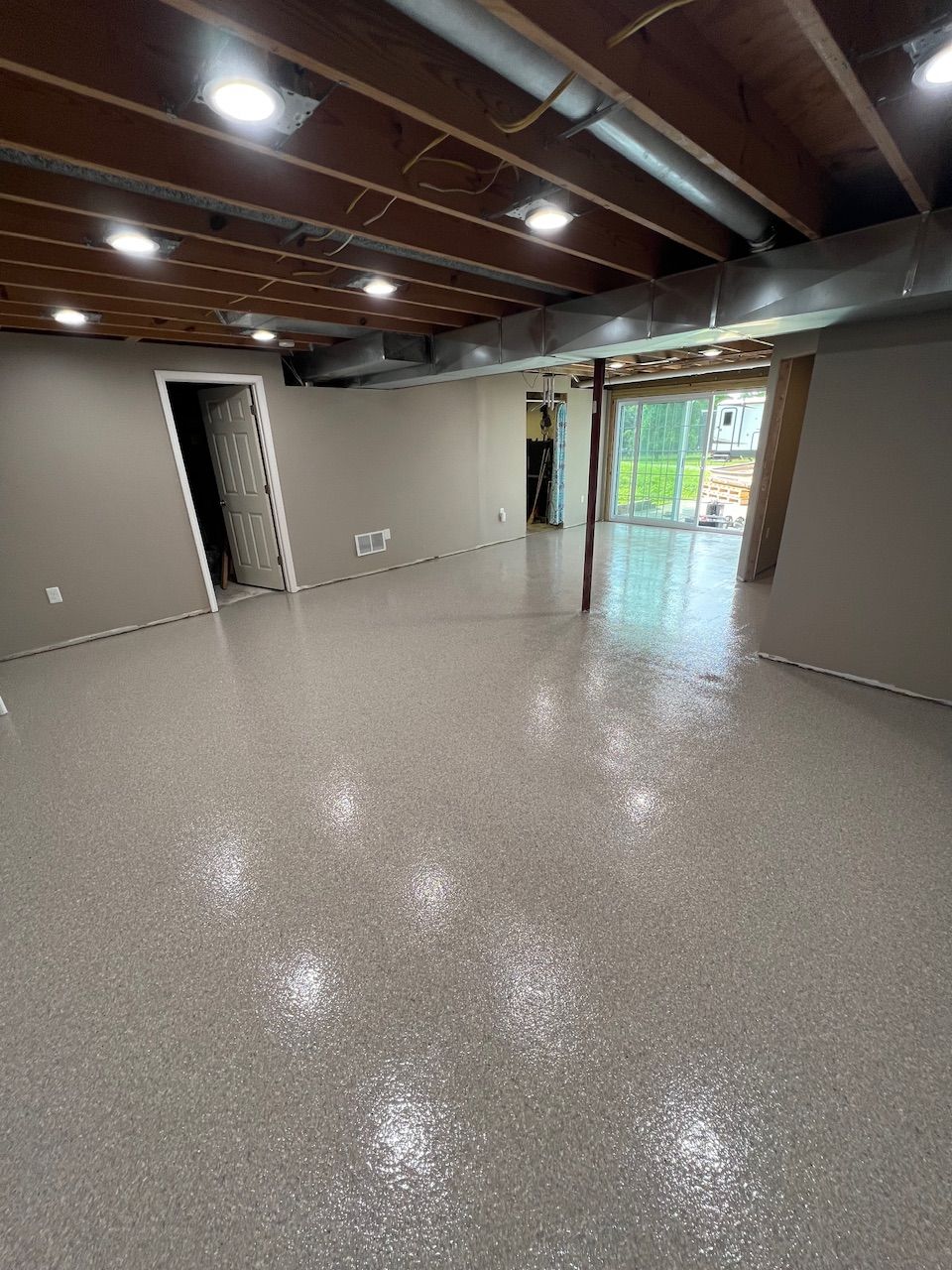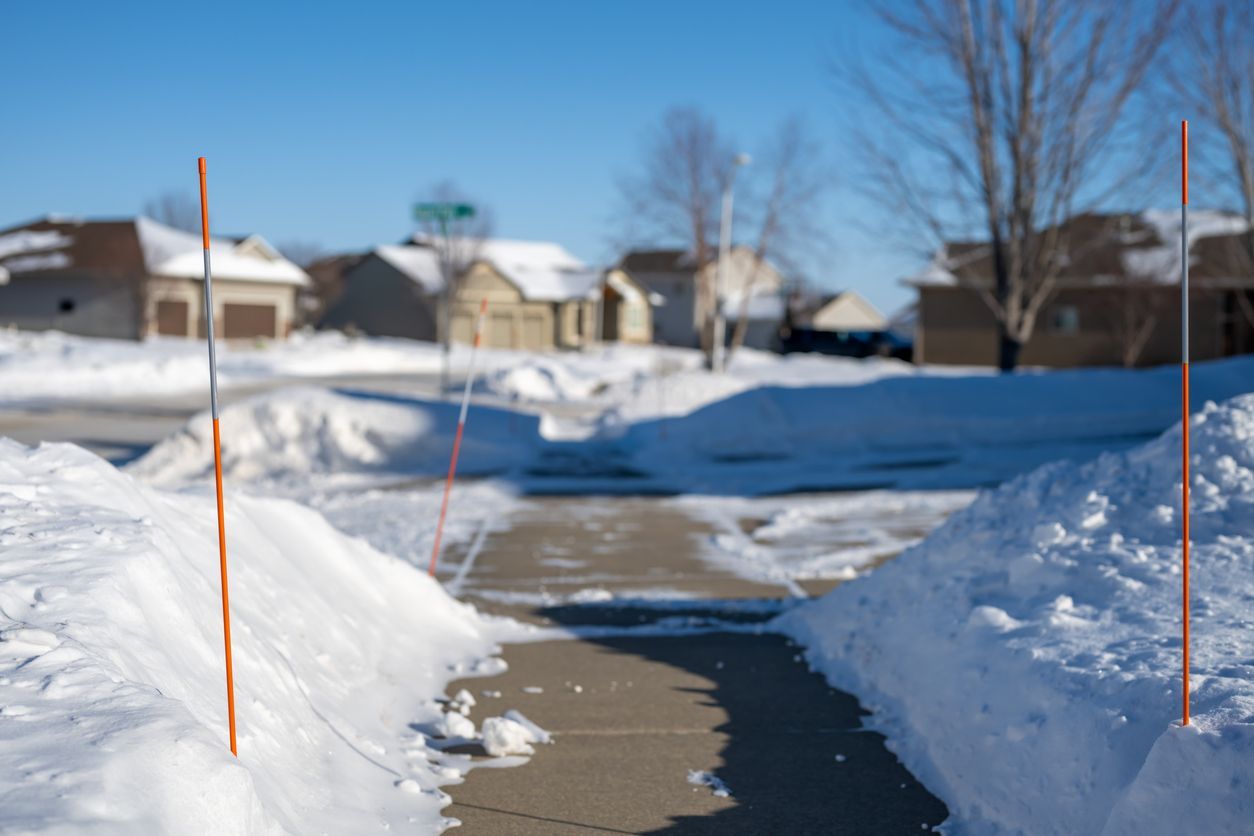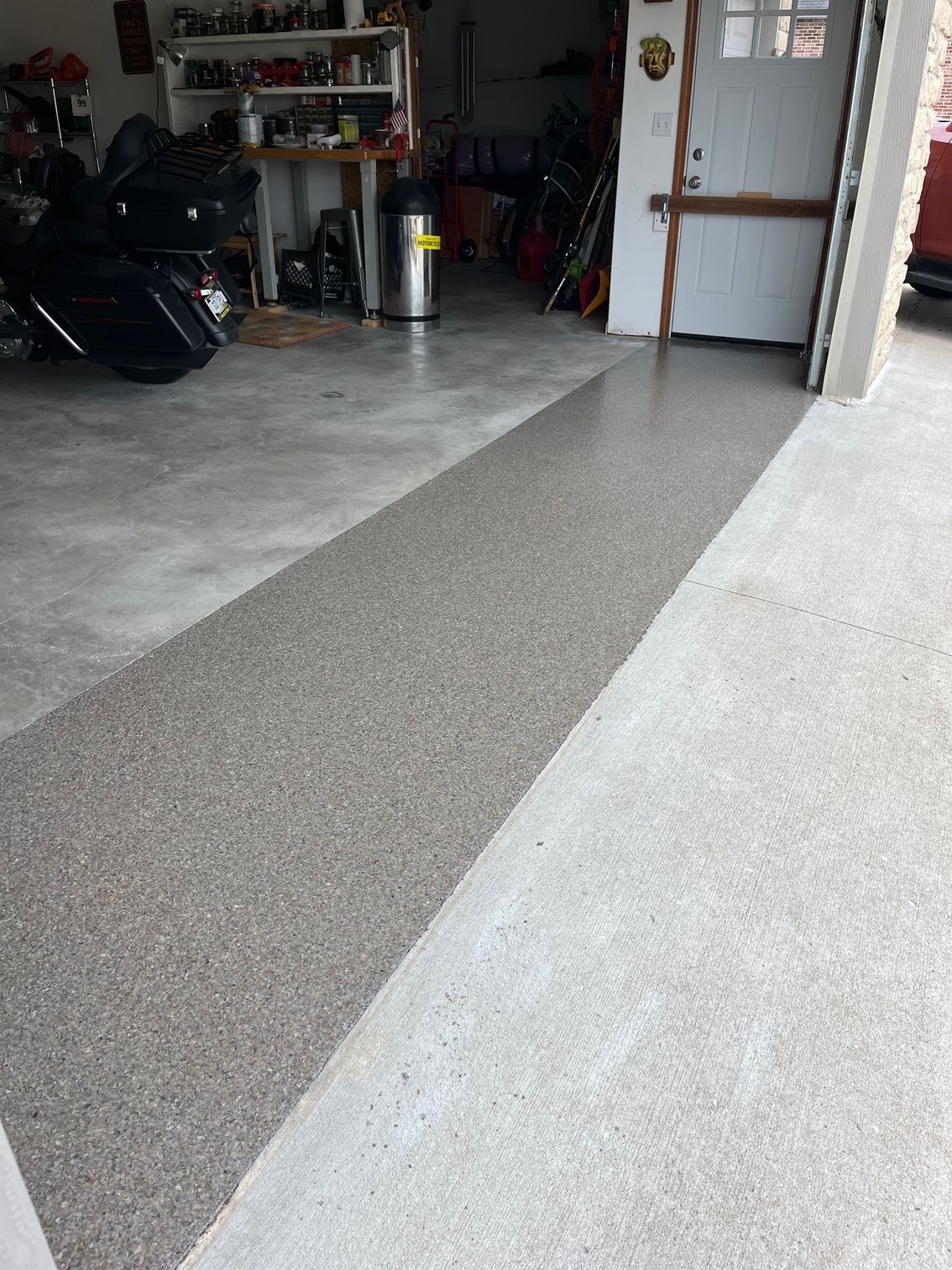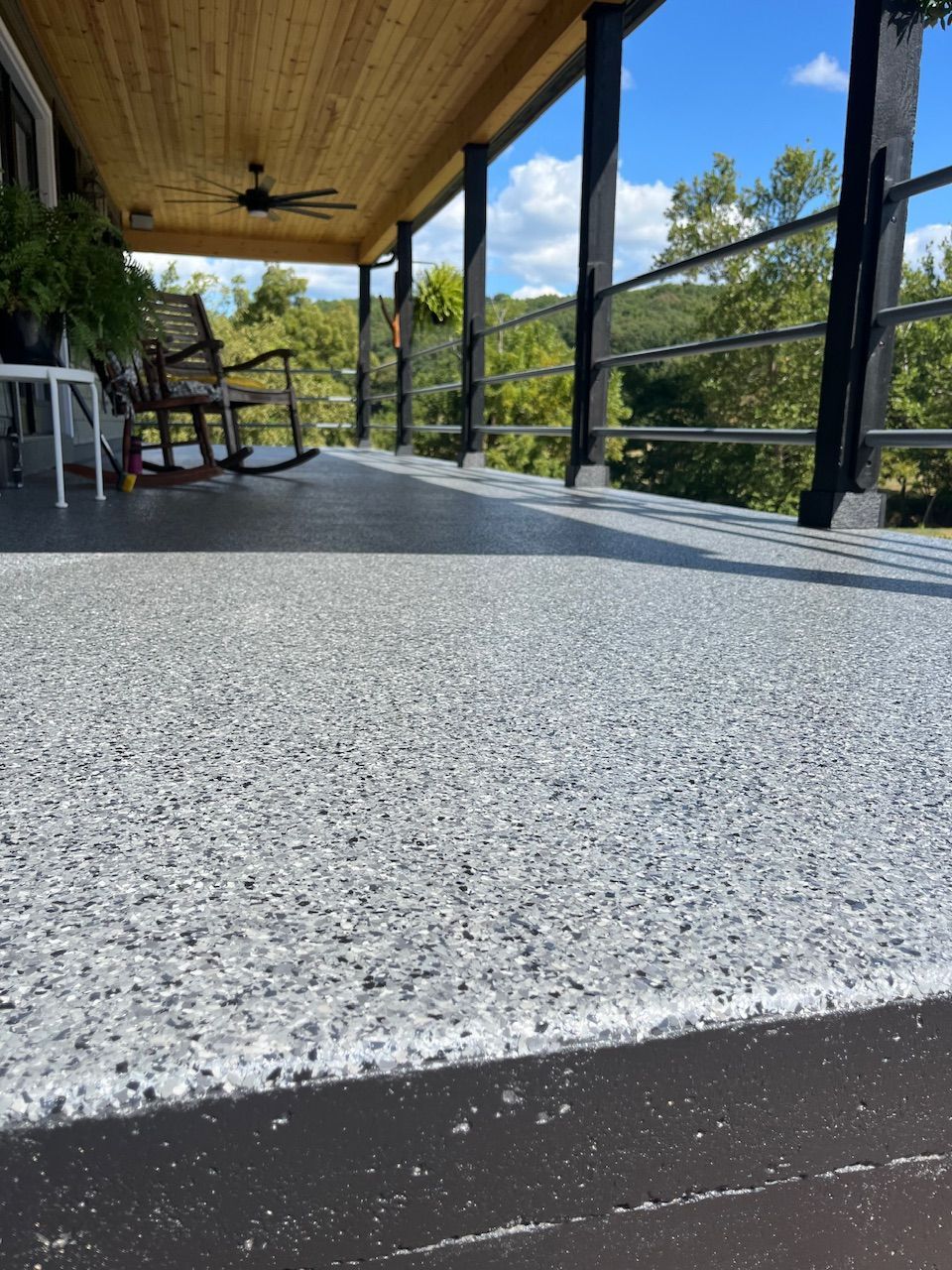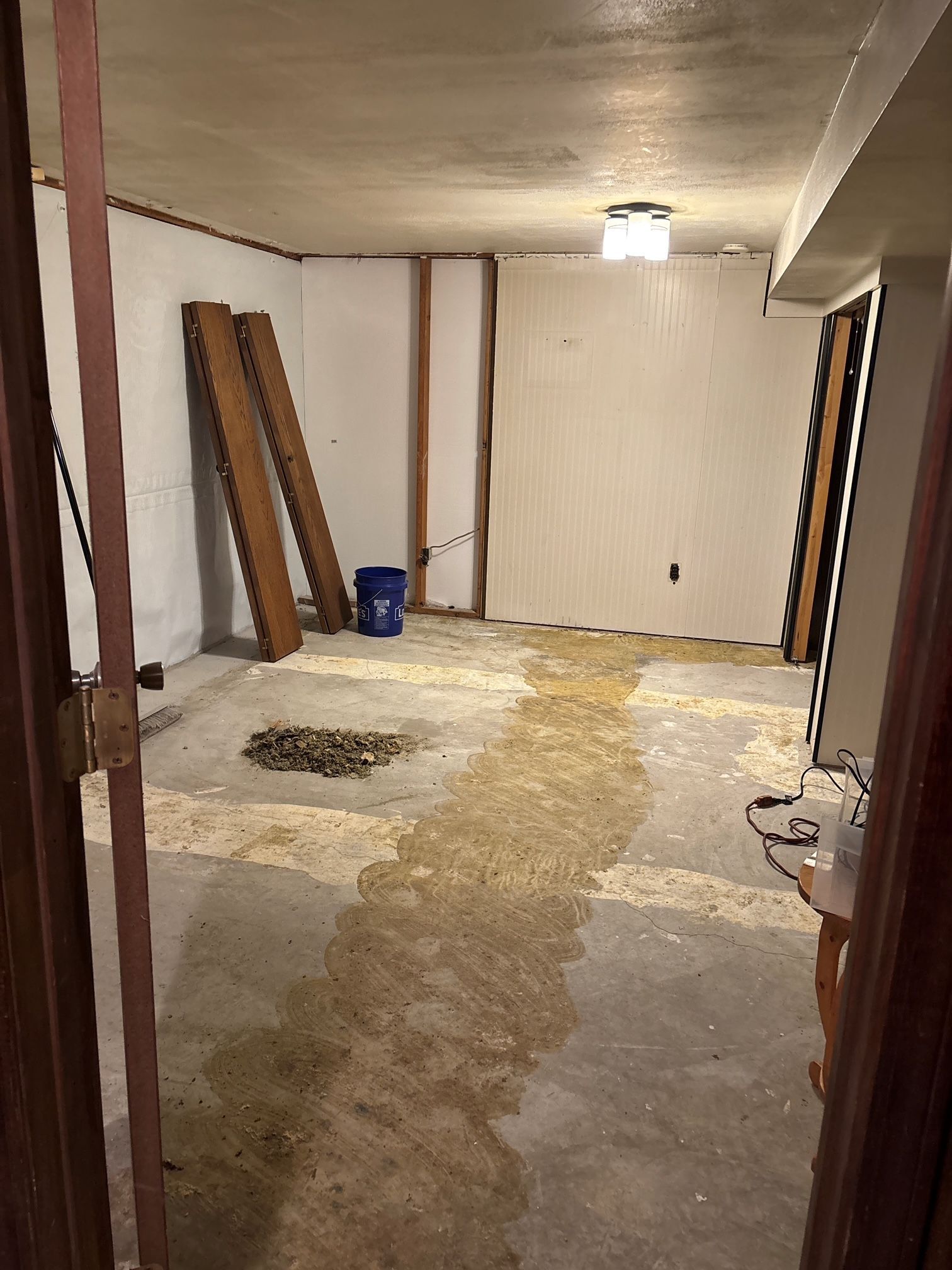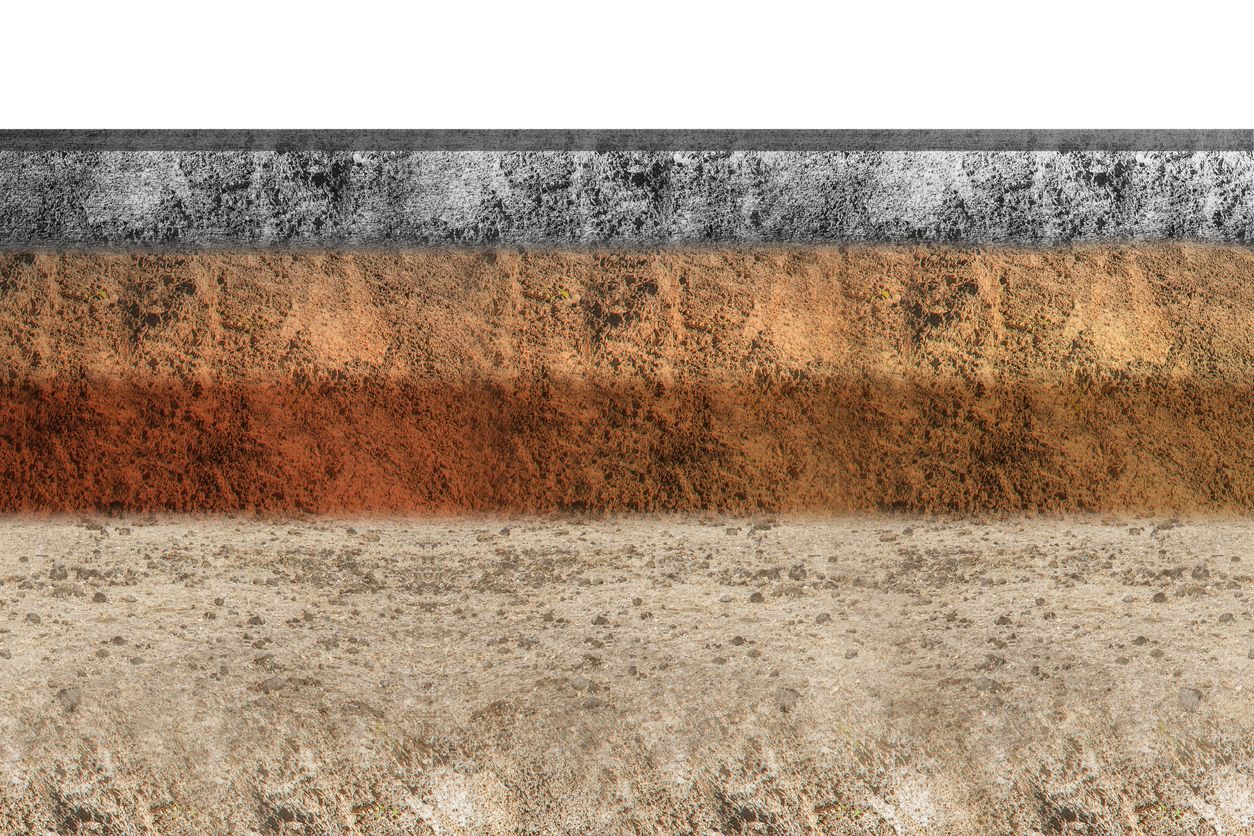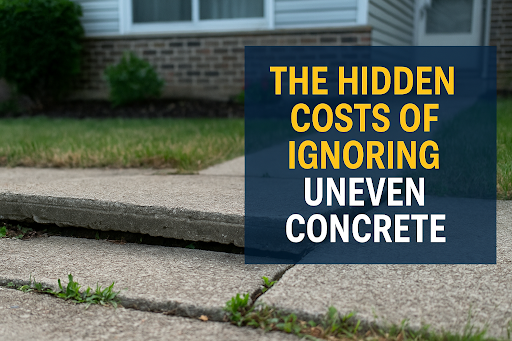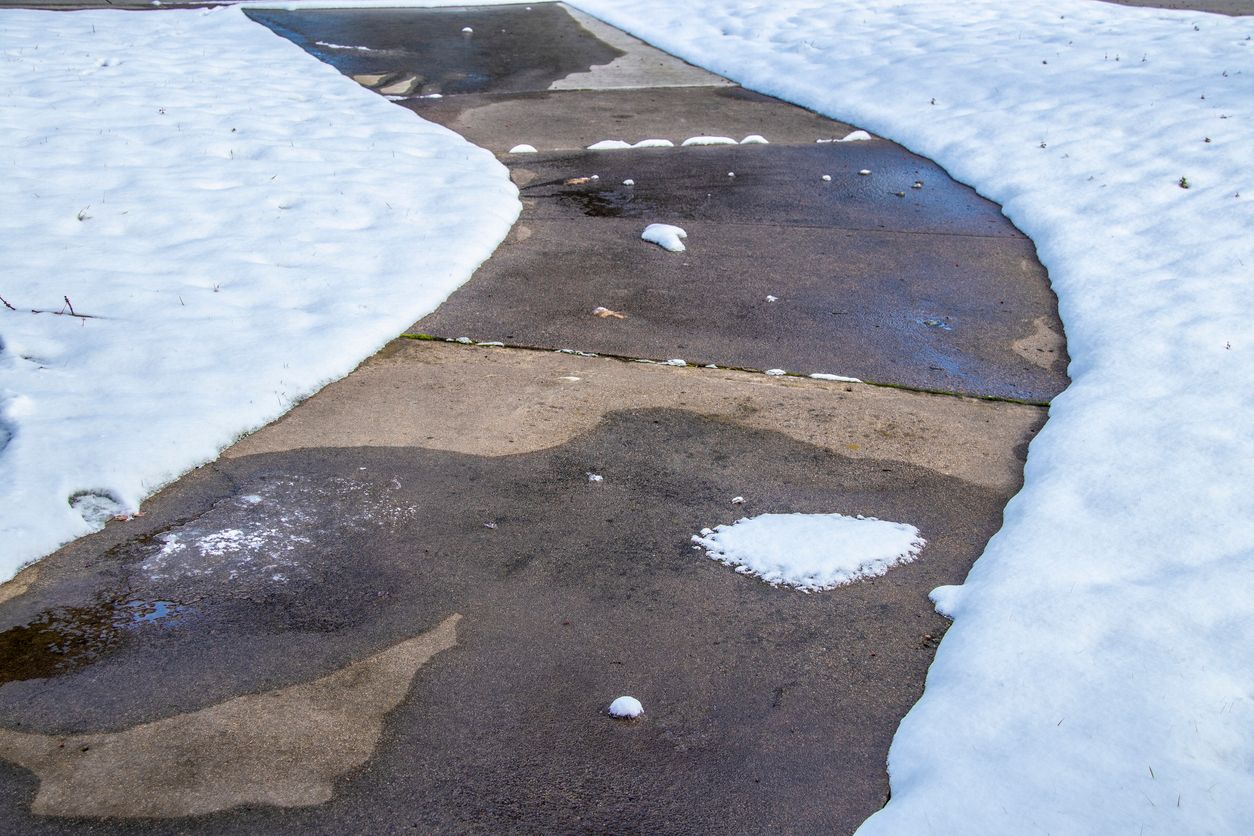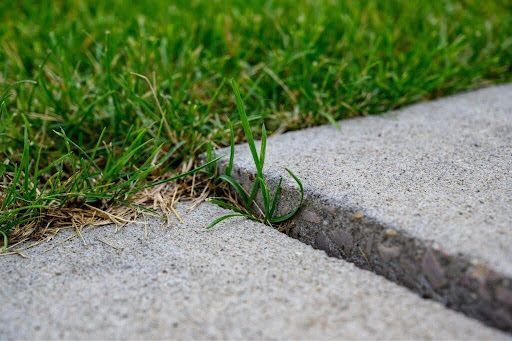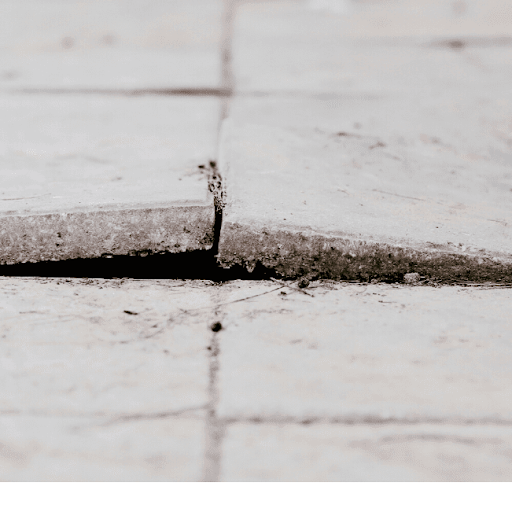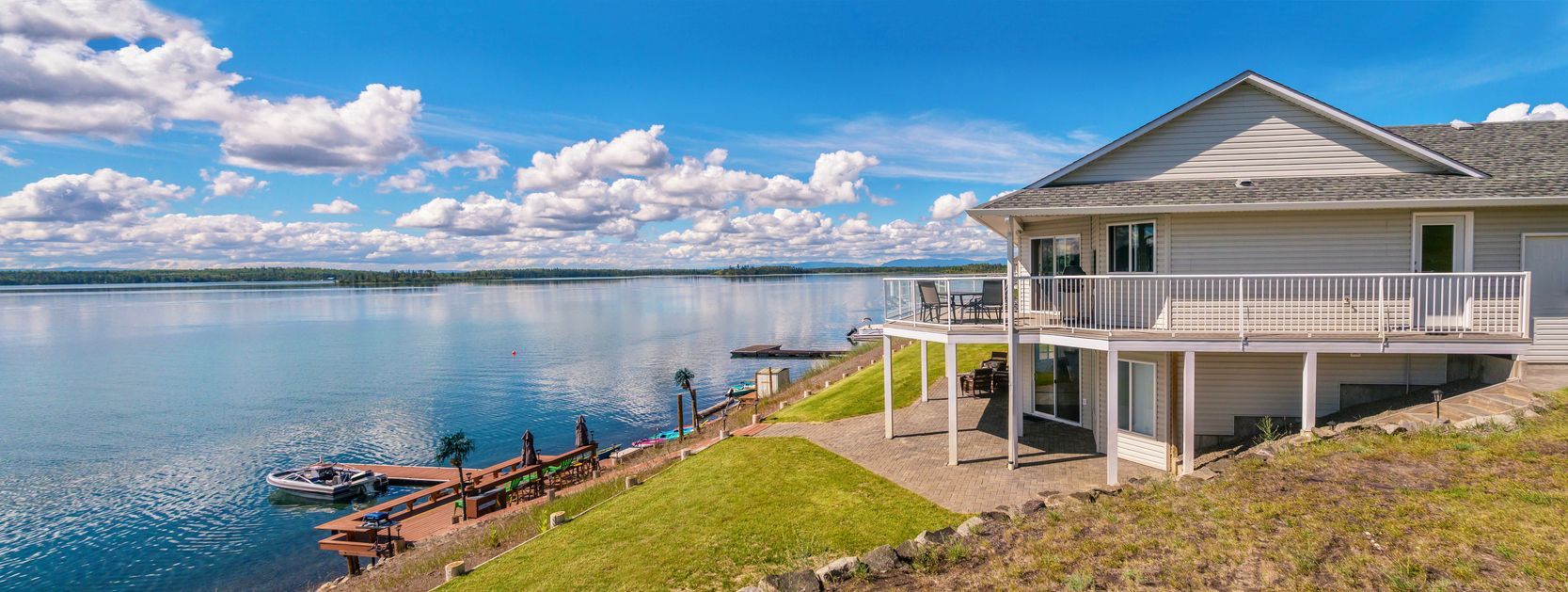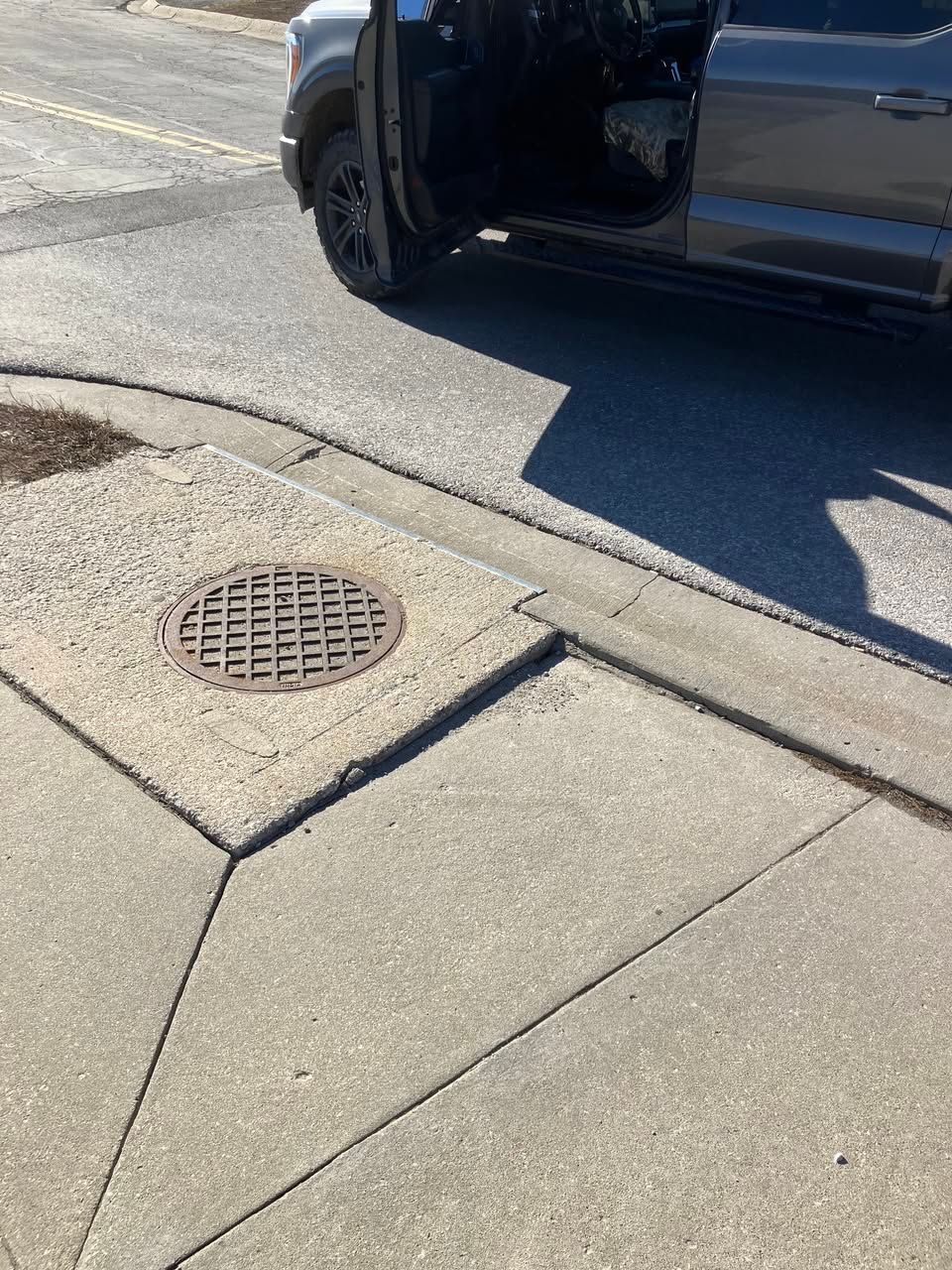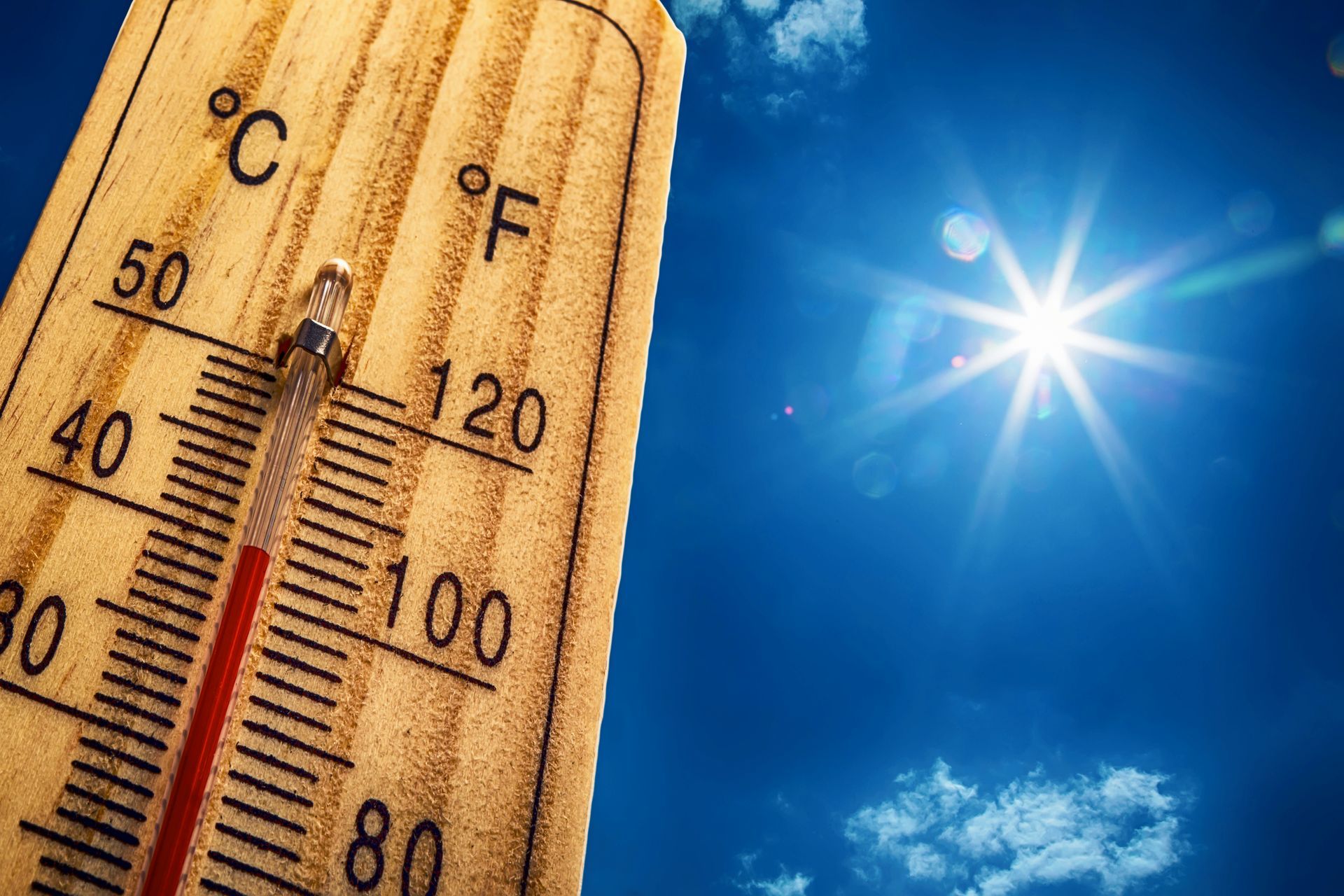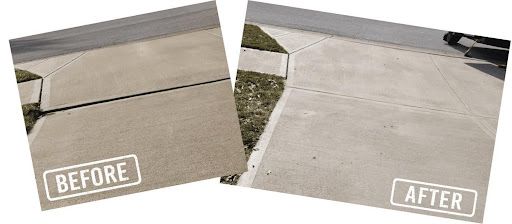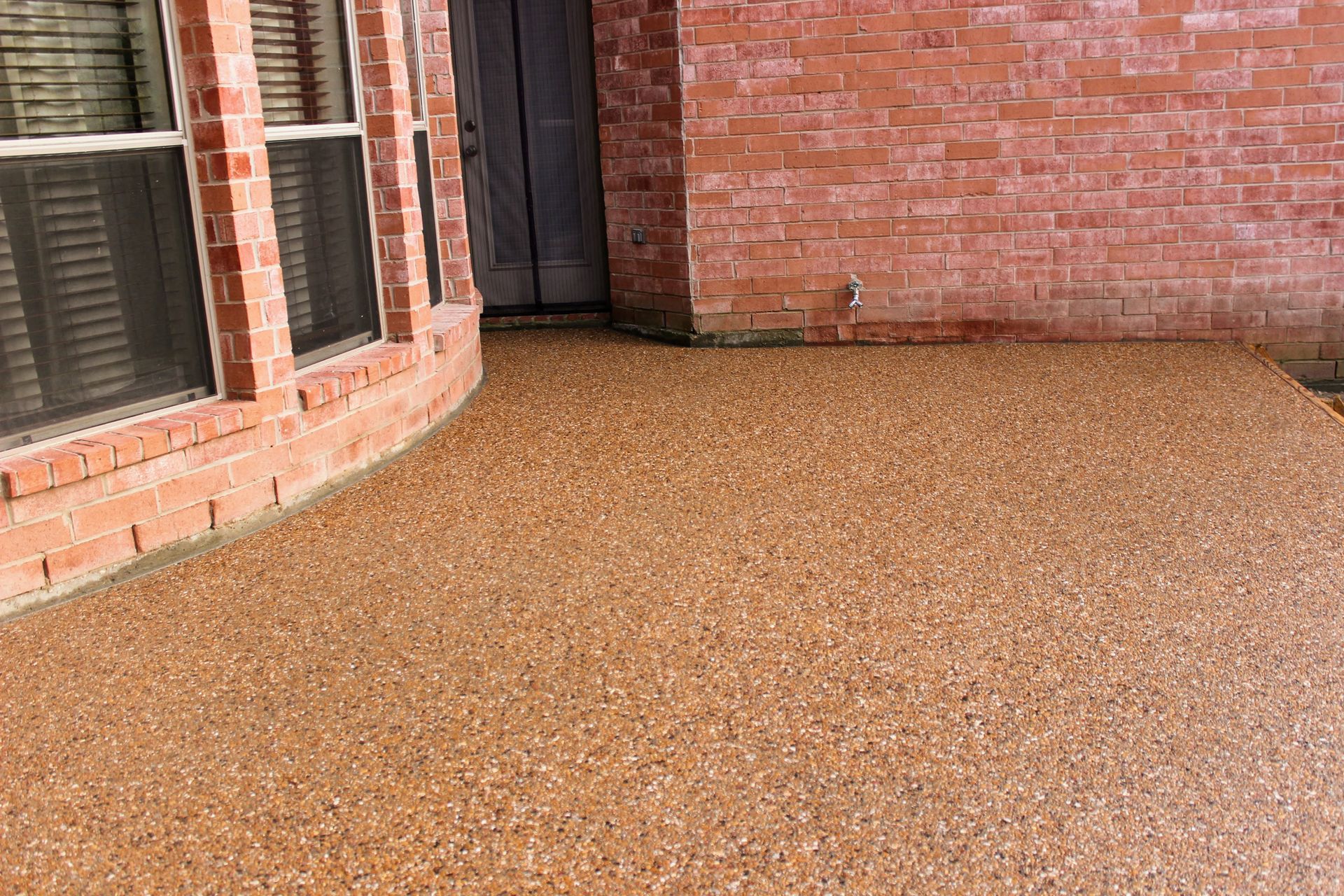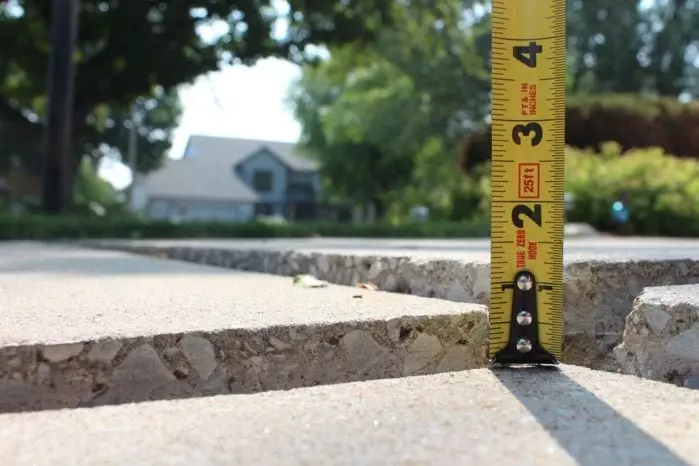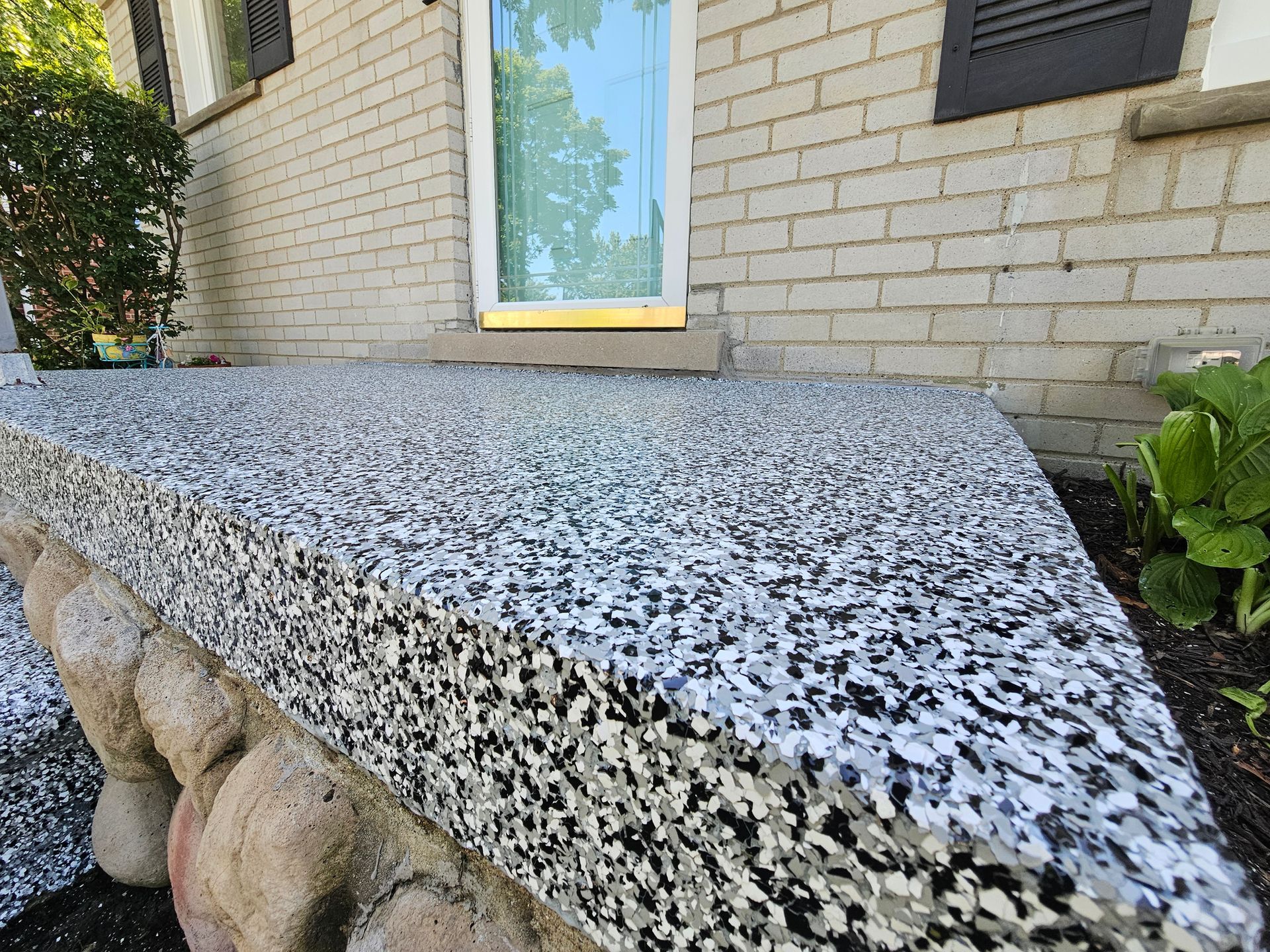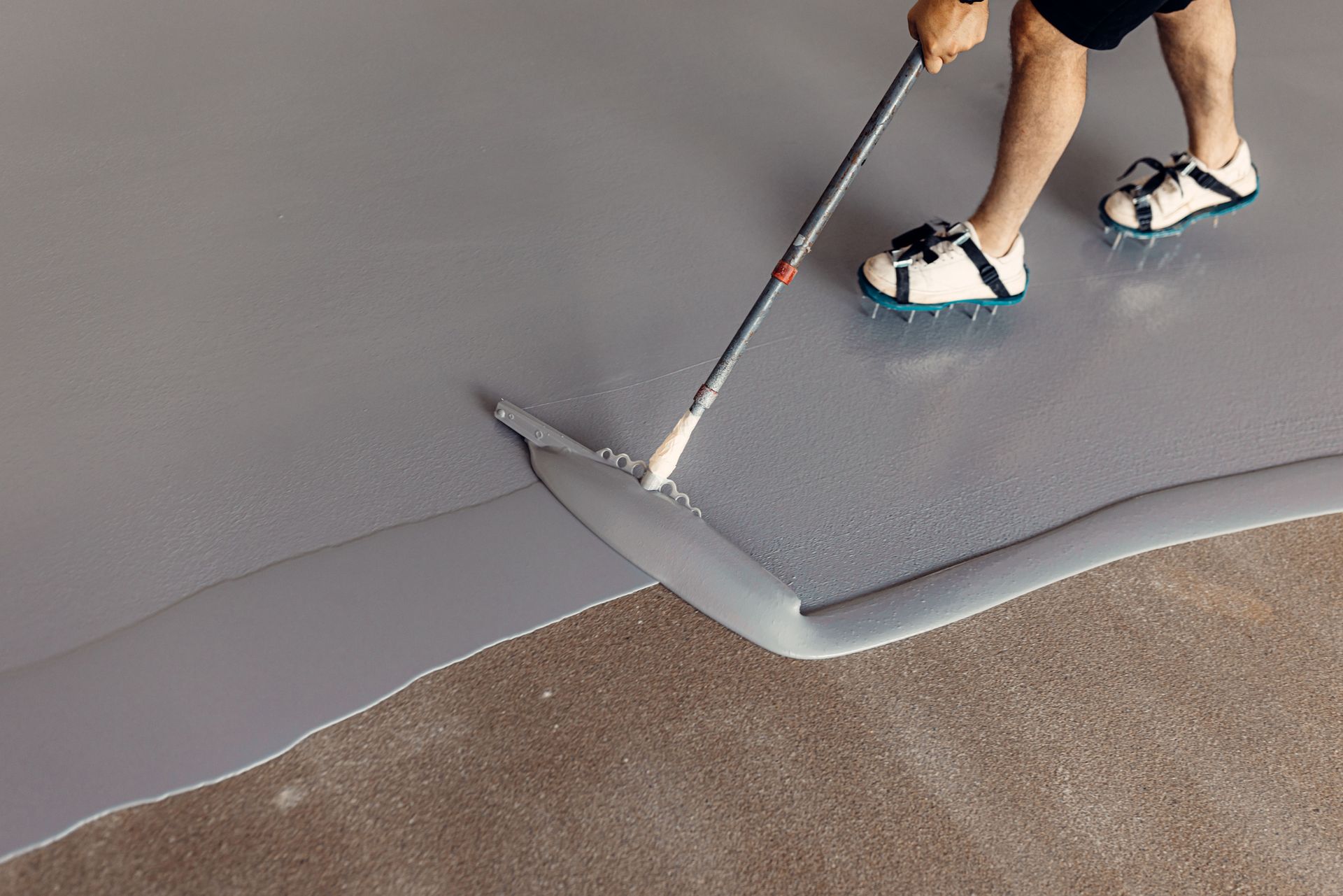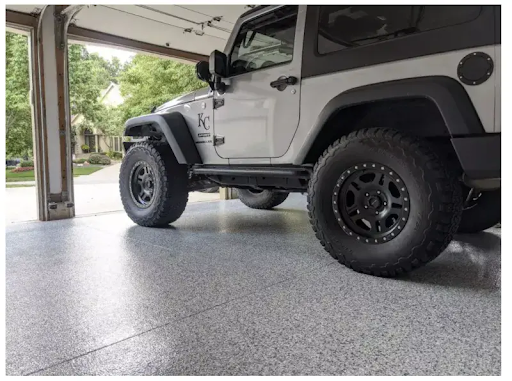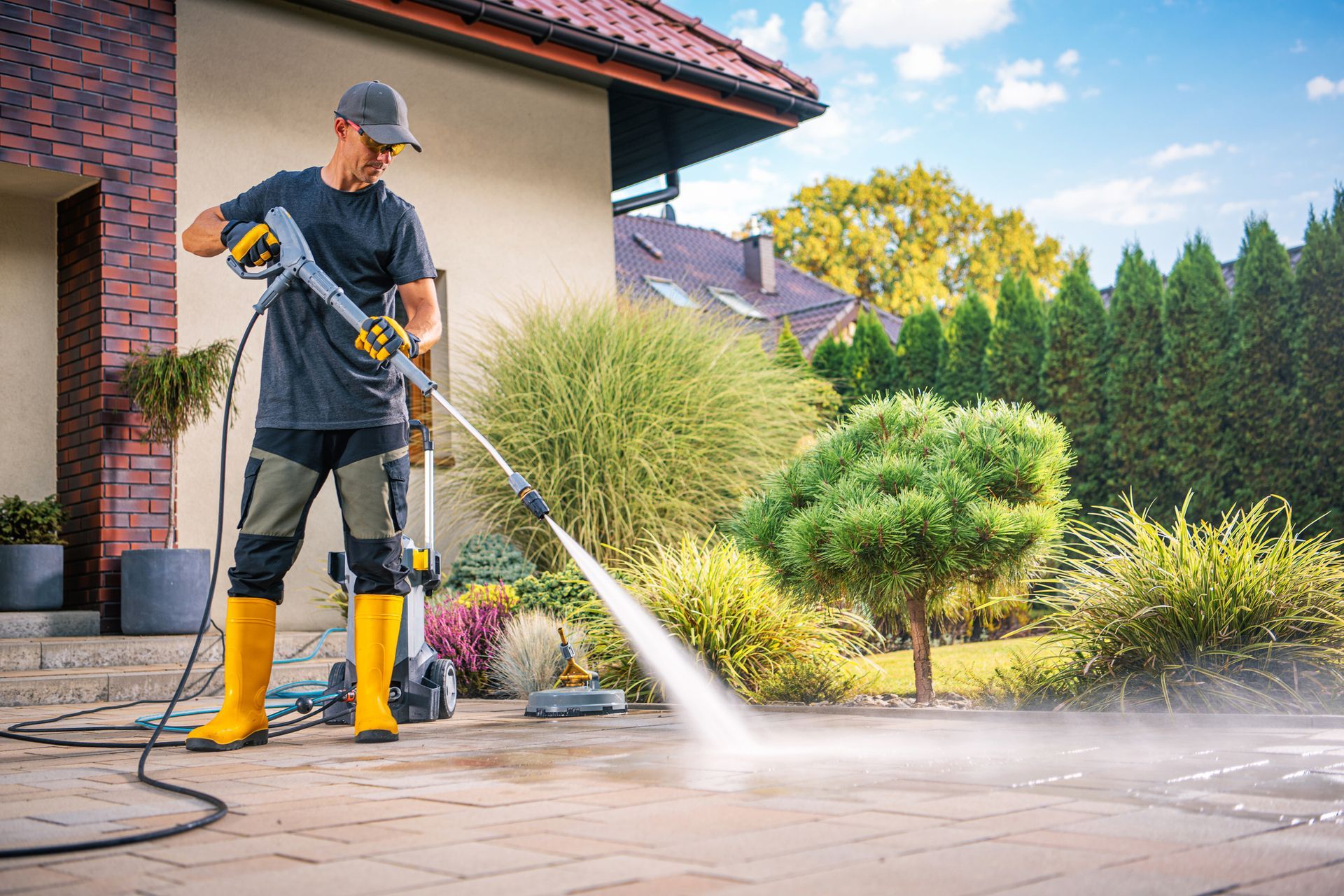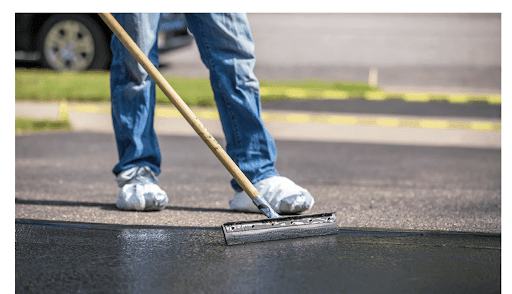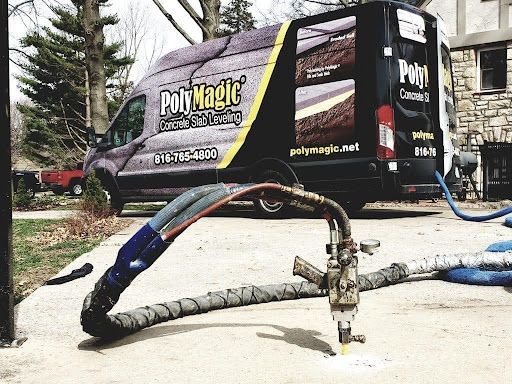Insights & Tips on Concrete Lifting, Floor Coatings, and More
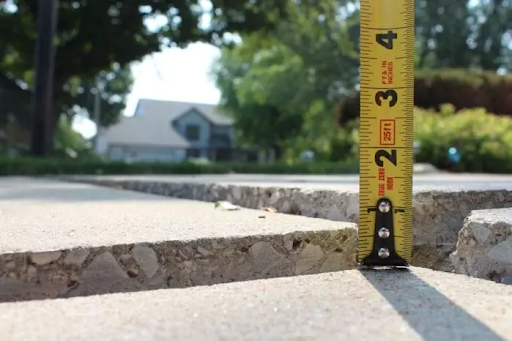
Sinking Driveway in the Kansas City Metro & Mid-Missouri: Should You Repair or Replace the Concrete?
July 21, 2025
WHEN TO CONSIDER REPAIRING THE CONCRETE
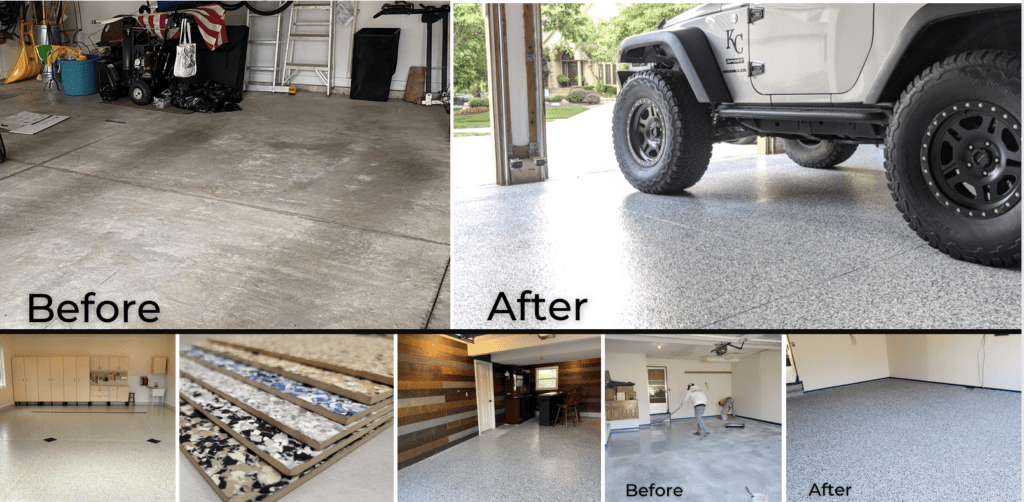
July 21, 2025
Many of us have seen the transformative before and after pictures of the garage floors that have that WOW factor. The garage floors that look so good you don’t even want to drive your car into them! Well, these aren’t the DIY epoxy floors… trust the experts to coat your garage floors with the polyaspartic process. Among many other benefits, the immediate increase in your home value is worth it! We have seen several DIY epoxy flooring failures, but understand the appeal of trying it. It seems cheaper, easier/less hassle, and *should* have a nice and sleek finished look. However… with all things that seem too good to be true, they are in this case. The floor coating experts at PolyMagic are equipped to offer the best solutions for your concrete flooring upgrades. From man caves and garage floors to patio and pool areas, our polyaspartic garage floor coatings have several advantages compared to the epoxy coatings. Let’s compare Polyaspartic vs. Epoxy Floor Coating : Polyaspartic Garage Floor Coatings won’t peel or flake like the epoxy floor coatings (especially the DIY jobs) Epoxy curing time is length… up to a week…. Polyaspartic only takes about a day (you are able to walk on the surface in SIX hours!) Polyaspartic has evenly distributed color flakes across the flooring – epoxy usually has the base coat show through Polyaspartic is 10x MORE DURABLE than epoxy. This is crucial for areas such as the garage where you have vehicles driving in and out, have oil and chemical spills, etc. Polyaspartic can have a non-slip texture applied, which is ideal for pool or garage areas that experience water, ice, or spills. Check out the project below from a recent customer in Kansas City. The customer wanted to add a sleek and updated look to their existing garage floor. After selecting the Domino flaking look, the project began and within a day, the homeowners had an entirely new space. The team at PolyMagic even came in and repaired the blemished concrete areas to ensure the final product was nice and smooth! Talk about an upgrade – both aesthetically and for home values. PolyMagic also offers temporary storage for homeowners to keep their belongings during the coatings project.
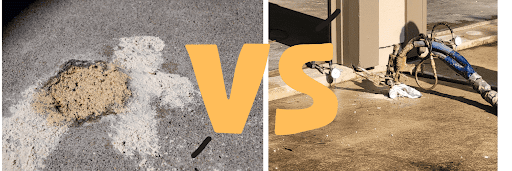
July 18, 2025
Concrete leveling methods are essential for correcting uneven concrete surfaces by addressing the foundation beneath the concrete slab. There are several methods available, each with its own set of advantages and disadvantages. Mudjacking, for instance, involves pumping a mixture of sand, soil, and water under the settled concrete slab to lift it back to a level position. This method, while effective, can be cumbersome due to the heavy mudjacking materials used. On the other hand, polyjacking utilizes polyurethane foam to lift the concrete. This method is less invasive, requiring smaller drill holes and less equipment. The polyurethane foam expands and hardens quickly, providing a durable and long-lasting solution for uneven concrete surfaces. Another method, stone slurry grout leveling, uses a mixture of agricultural limestone and water. This method is particularly effective for larger areas and provides a stable base for the concrete slab. Each of these concrete leveling methods has its own unique benefits, and the choice of method depends on the specific needs and requirements of the project.
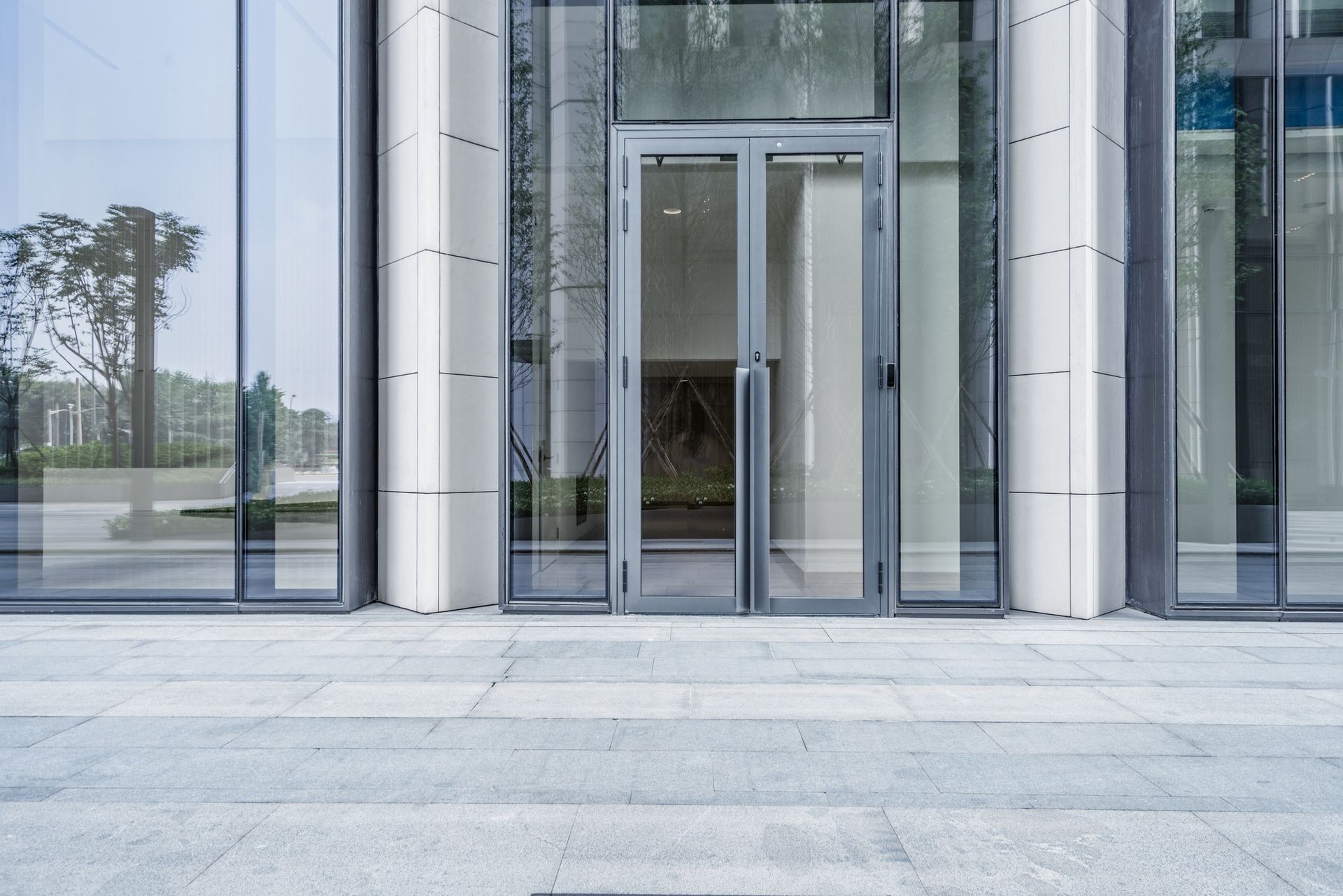
COMMERCIAL PROPERTY BENEFITS OF POLYJACKING AND CONCRETE LIFTING IN KANSAS CITY METRO & MID-MISSOURI
July 16, 2025
COMMON INDUSTRIAL CONCRETE CHALLENGES
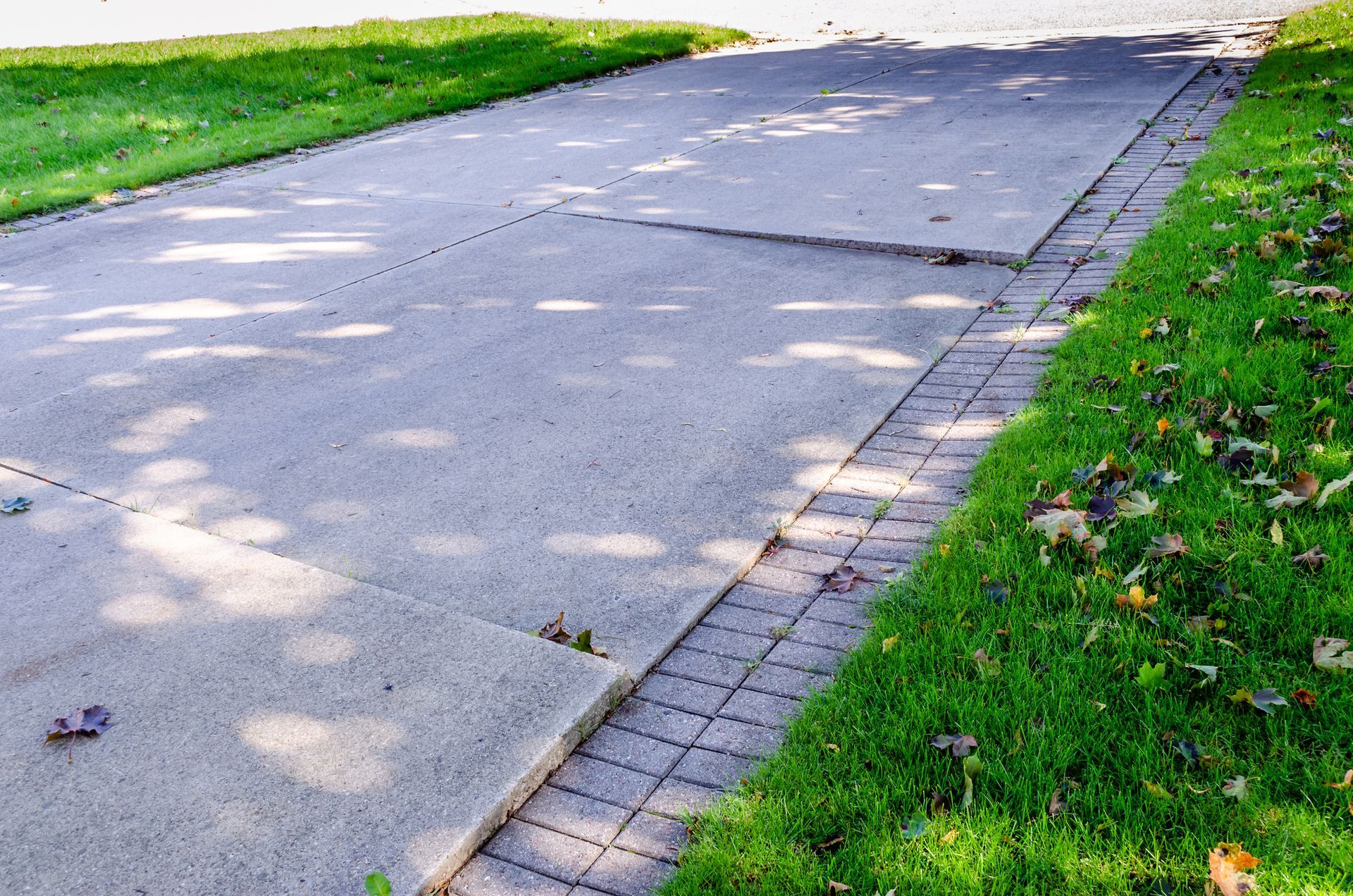
July 3, 2025
Concrete is a ubiquitous material in the construction industry globally, and it is used in both commercial and residential construction. Though it is known for its superior durability, versatility, and cost-effectiveness, it is not out of reach of wear and tear. Over time, excessive weight and pressure from trucks and other heavy vehicles can develop cracks, uneven surfaces, crumbling concrete, and other damage on the driveway that requires quick attention. Concrete issues are even more vulnerable in Kansas City Metro and Mid-Missouri due to the climate changes during the year. So, it is important to recognize the early signs of concrete damage before things get worse. This blog post will help you address the most common signs of concrete driveway damage, the corresponding reasons, and the effective repair techniques.

